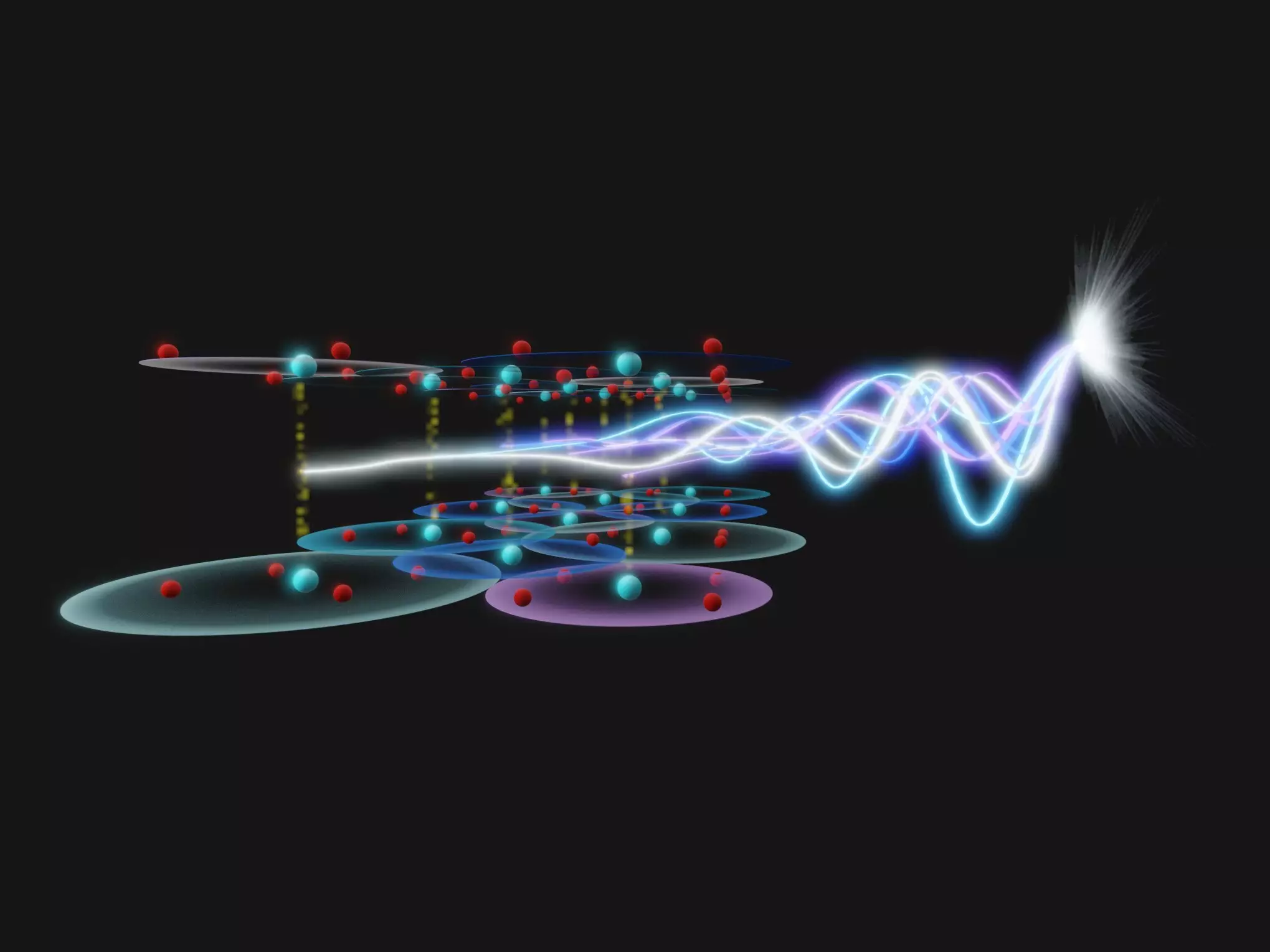Superconductivity is a cornerstone of condensed matter physics, representing a state in which electrical currents flow without resistance. This phenomenon, which typically occurs at low temperatures, showcases extraordinary properties that have significant technological implications. However, the underlying physics of superconductors is often complicated by the presence of disorder, particularly in materials that exhibit superconductivity at higher temperatures, such as cuprate superconductors. Understanding this disorder is critical for advancing our knowledge of superconductivity and enhancing material performance.
Disorder in superconductors arises not only from variations in atomic alignment but also from chemical doping, which provides the necessary conditions for transitioning to a superconducting state. Nevertheless, investigating disorder poses substantial challenges; many conventional measurement techniques are limited to extremely low temperatures, making it difficult to capture the dynamics leading up to the superconducting transition.
Recent research led by scientists at the Max Planck Institute for the Structure and Dynamics of Matter (MPSD) and Brookhaven National Laboratory has made remarkable strides in addressing these challenges by utilizing terahertz (THz) pulses of light to study disorder in superconductors. Their work represents a significant departure from previous methodologies, such as nuclear magnetic resonance and scanning tunneling microscopy, which have been limited by their operational temperature ranges and spatial resolution.
The team innovatively adapted multi-dimensional spectroscopy techniques to the terahertz frequency range, allowing them to probe the intricate behaviors of solid-state materials. By employing a novel angle-resolved two-dimensional terahertz spectroscopy (2DTS) approach, they were able to achieve unprecedented insights into the transport properties of superconductor La1.83Sr0.17CuO4 under different conditions, thereby shedding light on the influence of disorder near the superconducting transition temperature.
One of the most striking findings of this research was the discovery of a phenomenon termed “Josephson echoes.” By utilizing the angle-resolved 2DTS, researchers observed that superconducting transport mechanisms were reinstated in the cuprate material following excitation with terahertz pulses. This suggests a unique interaction between the fluctuating disorder and the coherent transport properties of the superconductor, with critical implications for our understanding of how disorder influences superconductivity.
Furthermore, the research revealed that disorder present in the superconducting transport was markedly lower than what current scanning methodologies indicated. This discrepancy opens avenues for reconsidering how disorder is quantified in superconducting materials. The fact that the material maintained its stability up to 70% of the transition temperature indicates a resilience in the superconducting state that warrants further exploration.
The implications of this pioneering work extend beyond cuprate superconductors. The versatility of the angle-resolved 2DTS technique opens the possibility for its application across a wide variety of superconductors and quantum materials. As the field of condensed matter physics continues to evolve, the ability to investigate transient states of matter—phenomena that occur across brief time scales and traditionally elude conventional measurement—could lead to groundbreaking discoveries.
Moreover, the insights gained from understanding disorder in superconductivity could pave the way towards engineered materials with tailored properties designed for specific applications. Whether in energy transmission, quantum computing, or magnetic field applications, advancements in studying superconducting disorder could fundamentally alter material design paradigms.
The research undertaken by MPSD and Brookhaven National Laboratory emphasizes the complex interplay between disorder and superconductivity. Using terahertz pulses as a novel probing tool not only enhances our understanding of high-temperature superconducting materials but also sets a precedent for utilizing ultrafast techniques in investigating dynamic states of matter. As we continue to decode the intricate mechanisms governing superconductivity, the insights gained from such innovative approaches will be invaluable in shaping the future of materials science and technology.


Leave a Reply